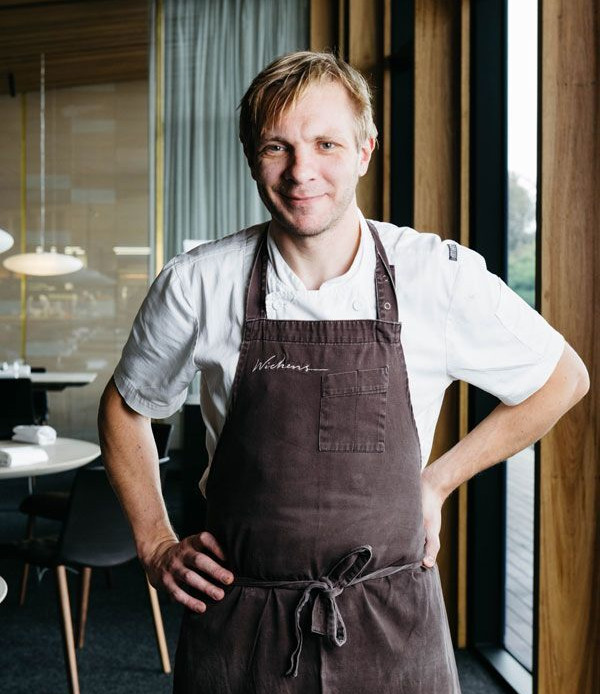Château Lafite Rothschild is a vineyard steeped in history, dating back to the 17th century. It is its more recent history that tells the most turbulent tale of the château.
At the end of the 19th century, the phylloxera and mildew devastation hit the vineyard. Shortly after World War I arrived, followed by the Great Depression. These world events led to a freefall in prices and a sustained low in the market.
Unrelentingly, World War II arrived and in June 1940, after the Allied Forces defeat, the Germans moved into the Médoc region. A German garrison was stationed at Château Lafite Rothschild and Château Mouton Rothschild for their entire occupation.
During this time, the German army stole from the Château Lafite Rothschild cellars, taking ancient vintages and causing shortages in stock and restrictions across the business.
The Rothschild properties were confiscated and placed under public administration, only to be dismissed and used as agricultural vocational schools. The Barons de Rothschild regained ownership of Château Lafite Rothschild at the end of 1945.
Baron Elie took charge in 1946, restoring the vineyards and the buildings. Stand out vintages of 1945, 1947 and 1949 assisted with the rebuild of the Château Lafite Rothschild reputation, along with a healthy rivalry with Château Mouton Rothschild.
Currently the vineyard is under the leadership of Baron Elie’s nephew, Baron Eric. Going from strength to strength, Eric has introduced a larger technical team to the winery and commissioned a new circular ageing cellar in 2010. Pictured above, the impressive cellar was designed by Catalan architect Ricardo Bofill.
Now, the vineyard is known as one the world’s most consistent, high-quality red wine producers.
Hear from the château’s then-General Manager, Charles Chevallier, explain the highs and the lows of the 2009 vintage.




